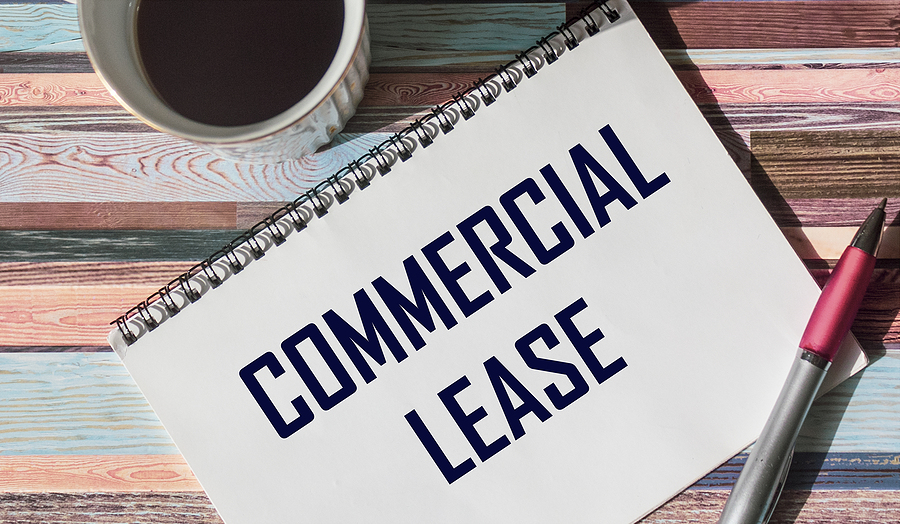Navigating the complex world of local zoning laws and building codes is a crucial step for any real estate developer or local business owner in Indianapolis. These regulations shape the city’s landscape, determining what can be built, where it can be located, and how it must be constructed. Understanding these rules not only ensures compliance but also opens up opportunities for successful and sustainable development.
This blog post will guide you through the essentials of Indianapolis zoning laws and building codes, offering insights, practical tips, and valuable resources to help you build your legacy in this vibrant city.

The Role of Zoning Laws and Building Codes in Indianapolis
Indianapolis is a city rich in history and diversity, and its zoning laws and building codes play a vital role in maintaining its character while accommodating growth and innovation. For real estate developers and local business owners, knowledge of these regulations is paramount. They dictate the types of buildings allowed in various parts of the city, influencing everything from residential neighborhoods to bustling commercial districts.
Understanding zoning ordinances and building codes is not just about compliance; it’s about leveraging these rules to create value. Whether you’re constructing a new development or renovating an existing property, these regulations will affect your project’s feasibility, cost, and timeline. This guide will explore the intricacies of Indianapolis’s zoning and building standards, ensuring you have the knowledge needed to make informed decisions and seize opportunities.
Throughout this post, you’ll learn about the different zoning districts in Indianapolis, the building code requirements for safety and sustainability, common challenges developers face, and how to access the resources and support needed to succeed. With this information, you’ll be well-equipped to turn your vision into reality, contributing to the dynamic growth of Indianapolis.
Understanding Local Zoning Laws
Zoning ordinances in Indianapolis are designed to manage land use and ensure orderly development across the city. These laws divide the city into various zoning districts, each with specific regulations on what types of development are permitted. Familiarizing yourself with these districts is essential for compliance and project planning.
Indianapolis has a variety of zoning districts, including residential, commercial, industrial, and mixed-use. Each district has its own set of rules regarding building height, density, and land use. For example, residential zones may restrict commercial activities to maintain neighborhood character, while commercial zones allow for a broader range of business operations. Knowing which district your property is in will guide you in understanding what developments are feasible.
One crucial aspect of zoning regulations is understanding special exceptions and variances. Sometimes, a project may not fit neatly within the established guidelines. In such cases, developers can apply for a variance or special exception, allowing them to deviate from standard zoning requirements. This process involves demonstrating that the deviation won’t negatively impact the surrounding area and can offer flexibility for innovative projects.
Navigating Building Codes
Building codes in Indianapolis are designed to ensure the safety, health, and welfare of the public. These codes establish minimum standards for construction, covering aspects such as structural integrity, fire safety, and accessibility. Understanding these requirements is crucial for any construction or renovation project.
In Indianapolis, building codes apply to new constructions and alterations to existing structures. They cover a range of areas, including electrical, plumbing, and mechanical systems. Adhering to these codes is essential to avoid fines, delays, and potential legal issues. It’s important to work with knowledgeable architects and engineers who are familiar with local building standards to ensure compliance.
Environmental considerations are also an important part of Indianapolis’s building codes. Regulations may address energy efficiency, water conservation, and sustainable materials. Staying informed about these requirements can help you design and construct buildings that are not only compliant but also Eco-friendly, appealing to environmentally conscious customers and reducing long-term operational costs.
Challenges and Opportunities
Complying with zoning ordinances and building codes can present challenges for developers and business owners. Navigating the regulatory landscape requires time, resources, and expertise, and unexpected hurdles can arise during the permitting and construction phases. However, understanding these challenges can lead to creative solutions and opportunities.
One common challenge is the complexity of the application and approval process. Securing the necessary permits and approvals can be time-consuming, potentially delaying projects. To mitigate this, it’s essential to engage with local authorities early and maintain clear communication throughout the process. Building relationships with city officials can facilitate smoother interactions and quicker resolutions.
Despite the challenges, there are opportunities for innovation and creativity within the constraints of zoning and building codes. Developers who understand the nuances of these regulations can explore alternative design solutions, such as adaptive reuse of existing structures or integrating mixed-use elements. These approaches can enhance the appeal of projects and contribute to the city’s evolving urban fabric.
Best Practices and Resources
Staying informed about local zoning and building codes is an ongoing process, as regulations can change over time. Adopting best practices and utilizing available resources can help you remain compliant and seize opportunities for successful development.
Engage with local organizations and industry associations to stay updated on regulatory changes and trends. Networking with peers and professionals in the field can provide valuable insights and support. Additionally, attending workshops and seminars can enhance your understanding of zoning and building standards, keeping you ahead of the curve.
Leverage online resources and tools to simplify compliance efforts. Many city departments offer online portals for permit applications, code references, and zoning maps. Utilizing these tools can streamline the planning process and ensure you have access to the latest information. Additionally, consider consulting with legal and architectural experts who specialize in local regulations for tailored guidance and advice.
Conclusion
Navigating the complex landscape of local zoning laws and building codes in Indianapolis is essential for real estate developers and local business owners. Understanding these regulations is not just a requirement; it’s an opportunity to create value and contribute to the city’s growth and development. By familiarizing yourself with zoning districts, building codes, and best practices, you can overcome challenges and unlock opportunities for innovation and success.
For those seeking to make a mark in Indianapolis, staying informed and engaged with the local regulatory environment is key. By leveraging available resources, networking with industry professionals, and seeking expert guidance, you can ensure your projects align with the city’s vision and regulations. Whether you’re embarking on a new development or enhancing an existing property, remember that knowledge is your most powerful tool in building a legacy in this vibrant city.
Are you ready to bring your vision to life? Contact BAF Corporation at 317-253-0531 for professional commercial construction in Indianapolis, Indiana. Our commercial construction company offers comprehensive building, remodeling, and design services tailored to meet the unique needs of your project. With our in-depth understanding of local zoning laws and building codes, we ensure that your development aligns with regulations while exceeding your expectations.
Related Posts:
Navigating the Maze of Regulatory Compliance in Commercial Construction
Navigating Commercial Building Permits and Regulations in Indiana
Navigating Indiana Commercial Building Codes: Everything You Need to Know









